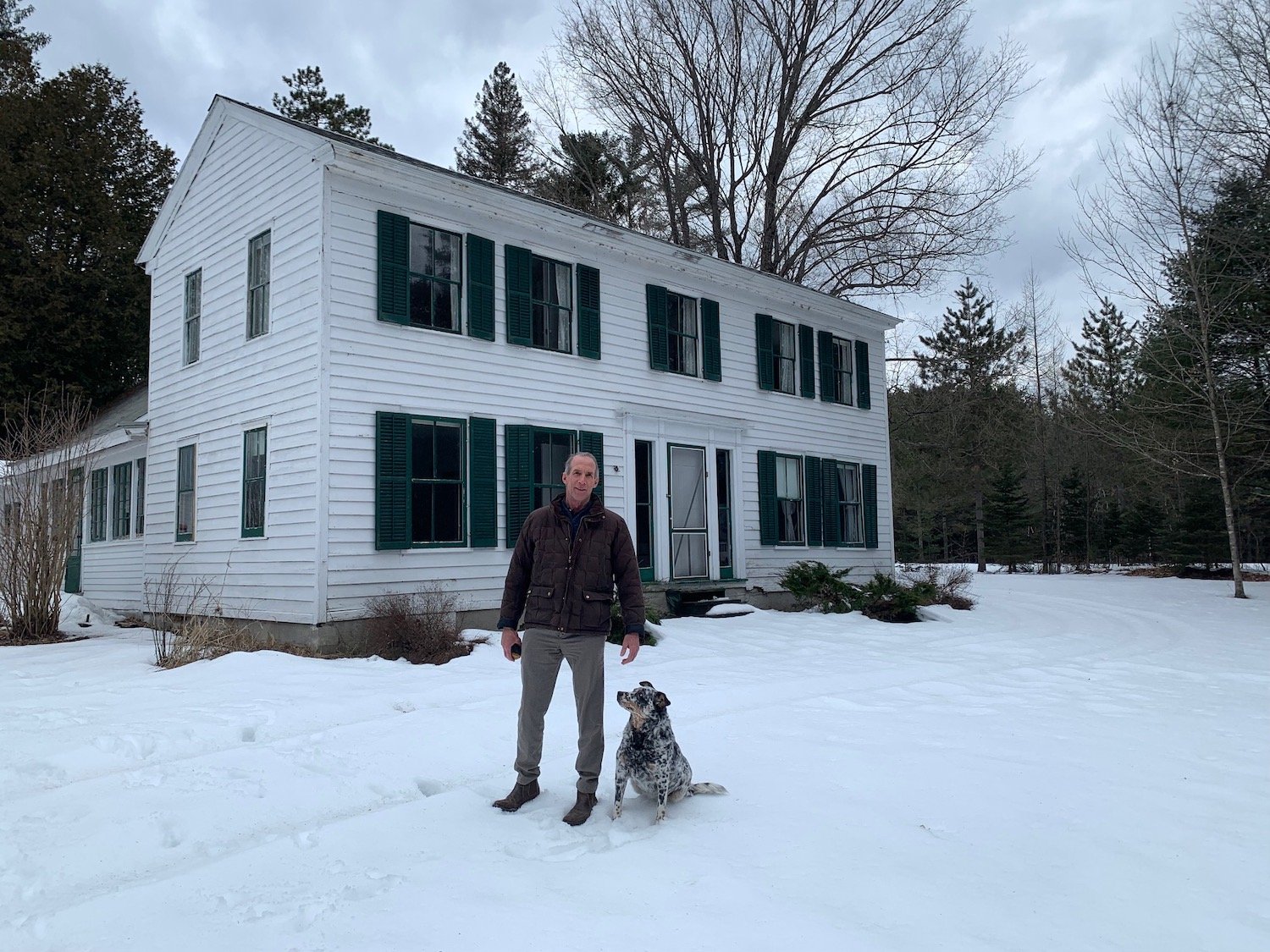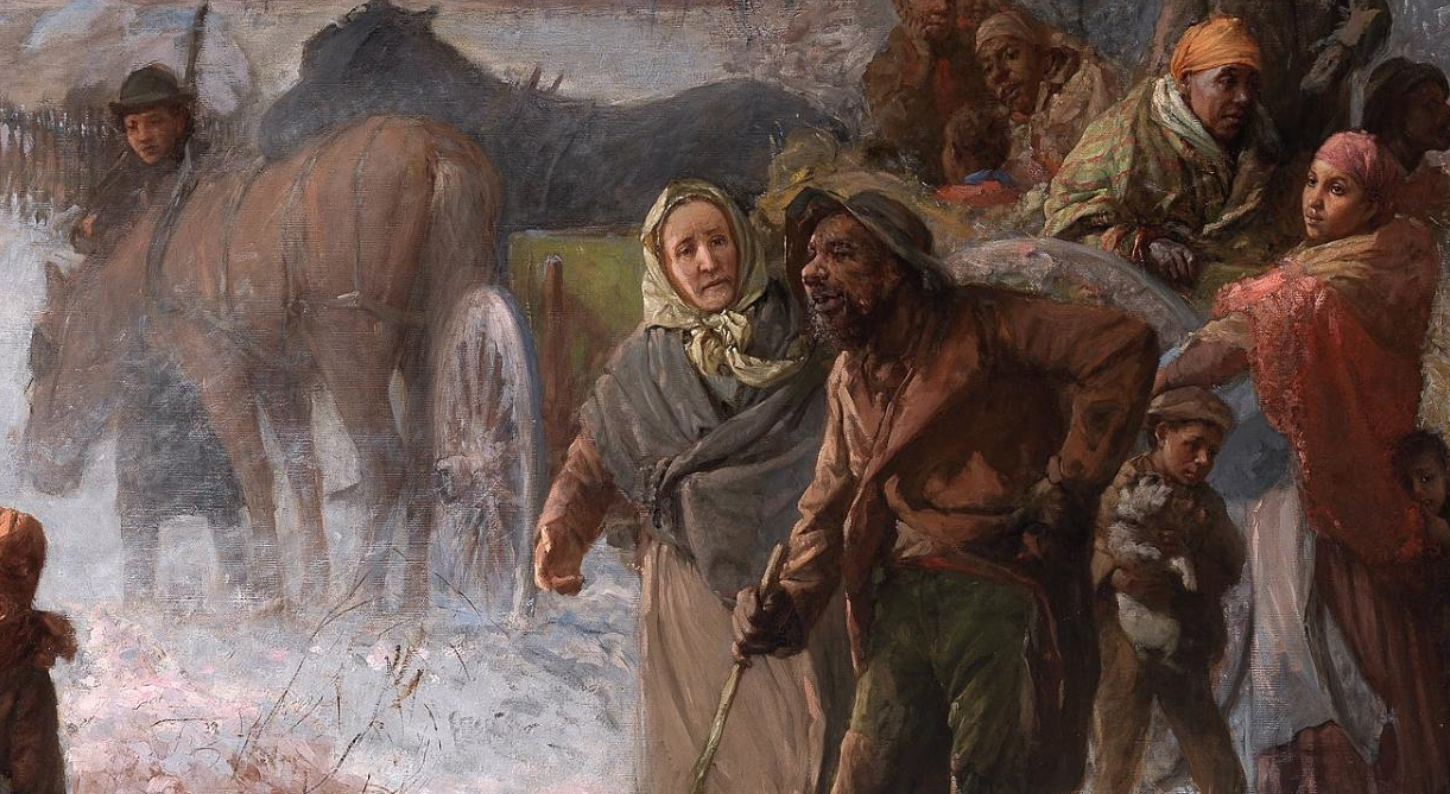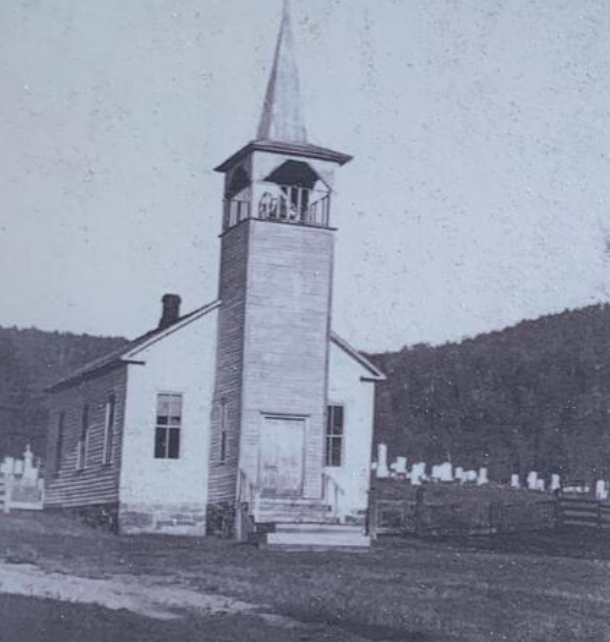Exploring Warren County’s Underground Railroad
We all have heard of the Underground Railroad, the secret routes and networks of safe houses by which enslaved African Americans escaped to freedom before and during the Civil War. But fewer of us know how it worked, who operated it, and where it ran.
The story of the Underground Railroad in New York is one of contrasts. Many communities in Upstate New York, including Warren County, became well-known for the efforts of abolitionists helping escaping slaves toward destinations in Canada, while New York City remained solidly pro-slavery because of links between the city's business interests and southern agricultural trades that depended on slavery.
Warren County was slower to organize anti-slavery societies than neighboring counties, but “it had its share of sympathetic souls and was a logical place to stop for runaway slaves to refresh themselves,” Tom Calarco writes in in The Underground Railroad Conductor.
Columbia University historian Eric Foner notes that the Underground Railroad was "less organized" than many people appreciate. “One shouldn’t think of the Underground Railroad as a set group of routes,” says Foner in this 2015 interview in Smithsonian Magazine focused on his book, Gateway to Freedom: The Hidden History of the Underground Railroad.
The home of Rev. Enos O. Putnam in Johnsburg is believed to have been a station on the Underground Railroad. Local lore has it that there was a log cabin on the property in which Rev. Putnam and his wife Sybil sheltered runaway slaves.
“It was not like there was a series of stations and people would just go from one to another. It was more haphazard. It was more disorganized -- or less organized, anyway. But there were these little networks of people who were in contact with each other and would assist fugitives. And once they got further north to Albany, Syracuse, then they were in the real anti-slavery territory and it became very much more open. It was totally public and nobody seemed to do anything about it. People advertised in the newspaper about helping fugitive slaves. That was a very different environment than New York City.”
In the decades leading up to the Civil War, New York City was strongly pro-slavery and anything but a hotbed of abolitionism.
“This was a city whose merchants basically controlled the cotton trade, and had very close ties with cotton plantation owners. Many of the jobs on the docks were connected to this. The shipbuilding industry, insurance companies, the banks that helped to finance slavery. Southerners were here all the time. They came to do business, they came up for vacation. Lincoln never carried New York City either time he ran for president. Now, of course, there was a free black community and there was this quite small band of abolitionists, but it was a very difficult environment for them to work in.”
Starting around 1835, “vigilance committees” in northern cities would provide “comfort, aid, jobs, and transportation to runaway slaves,” or “freedomseekers,” as Tom Calarco opts to call them in The Underground Railroad Conductor. In New York City, the New York Committee of Vigilance became actively involved in transporting freedom seekers in steamboats that traveled between New York and Albany. In Albany, they were helped at first by an organization of black barbers and boatmen, and later by a strong cadre of white abolitionists that included leaders of the Eastern New York Anti-Slavery Society, an adjunct of the Liberty Party.
The home of Joseph Leggett, passed down through generations to Chester Town Supervisor Craig Leggett, was also a station on the Underground Railroad.
From Albany, freedom seekers could travel in several directions, north through the Adirondack and Green Mountain regions, east through the Berkshires and up through Vermont, or the most heavily traveled route, west to Syracuse and Lake Ontario, Calarco writes. By 1850, the Underground Railroad was working so well that Congress passed a more oppressive version of the Fugitive Slave Act, which caused a mass migration of blacks who had made homes in the North to Canada.
Indeed it did, as we’re discovering in Warren County's Underground Railroad,
Our goal in this collaborative writing project — one of ten supported by the Warren County Department of Planning and Community Development — is to make the story of the Underground Railroad in Warren County easy for the public to access on a point-and-click map they can browse on their computers and phones. In the closing days of Black History Month, we’re announcing this initiative and our plan to expand it through the end of 2023.
This effort is well-timed, coinciding with Governor Kathy Hochul’s announcement that the state’s I LOVE NY campaign has identified Black traveler visitation as a specific initiative to grow New York State tourism. The plan cites the dozens of Underground Railroad sites that Black heritage tourists especially may find meaningful to visit, notes Wayne LaMothe, Warren County Planner and Director of the Department of Planning and Community Development.
“All of the state’s stations on the Underground Railroad ultimately could be spotlighted on this StoryMap that our GIS Department is spearheading,” he added. “The team of experts, students, and editors assembled in the First Wilderness Story Collaboration has made a great start on developing this resource.”
Warren County’s Underground Railroad
To be hosted on Warren County’s GIS Hub, the project’s home page offers a broad narrative and descriptions of routes, beneath which you’ll find points of interest described on our interactive map. We thank Chester Town Historian Donna Lagoy and coauthor Laura Seldman for sharing their 2016 book, The Underground Railroad in the Adirondack Town of Chester. Thanks also to SUNY Plattsburgh junior Allison Comstock, an intern with the North Star Underground Railroad Museum, for the outstanding job she’s doing in driving this.
A Conversation with Jacqueline Madison
The abolitionists who networked in Warren County to support the Underground Railroad were rooted mostly in Quaker and Wesleyan Methodist churches, says the President of the North Country Underground Railroad Historical Association.
The Underground Railroad at Darrowsville
The Darrowsville Wesleyan Methodist Church was among the first congregations to be established in the "Great Schism" that divided Methodists over the issue of slavery in the 1840s.
The Underground Railroad at Mill Creek
Also created in the Methodists' "Great Schism" was the Mill Creek Wesleyan Methodist Church in Johnsburg. Wesley Somerville led the effort in the 1850s, enlisting fiery abolitionist Enos O. Putnam as its first pastor.






